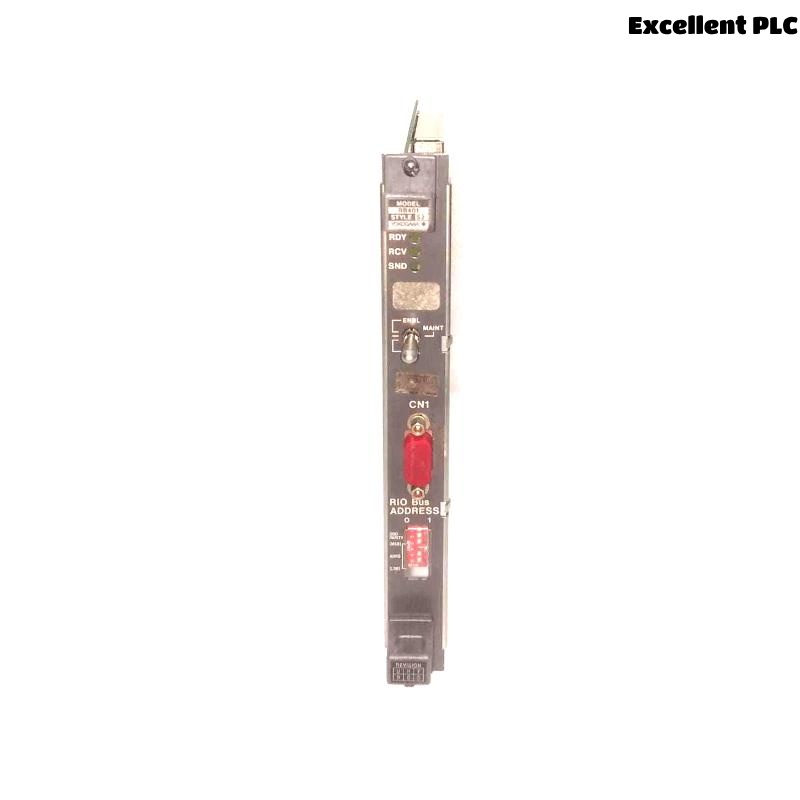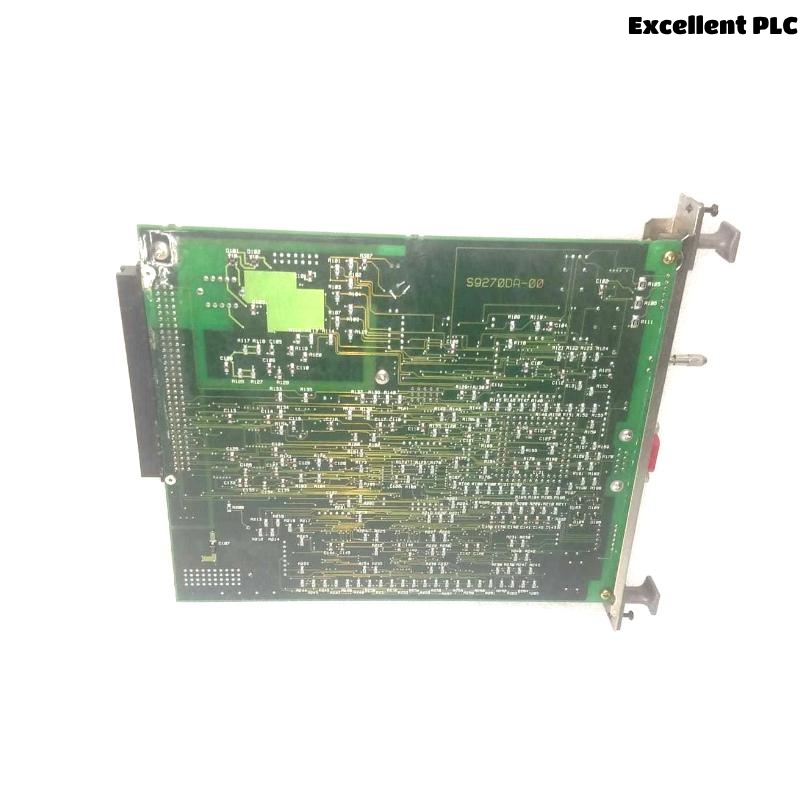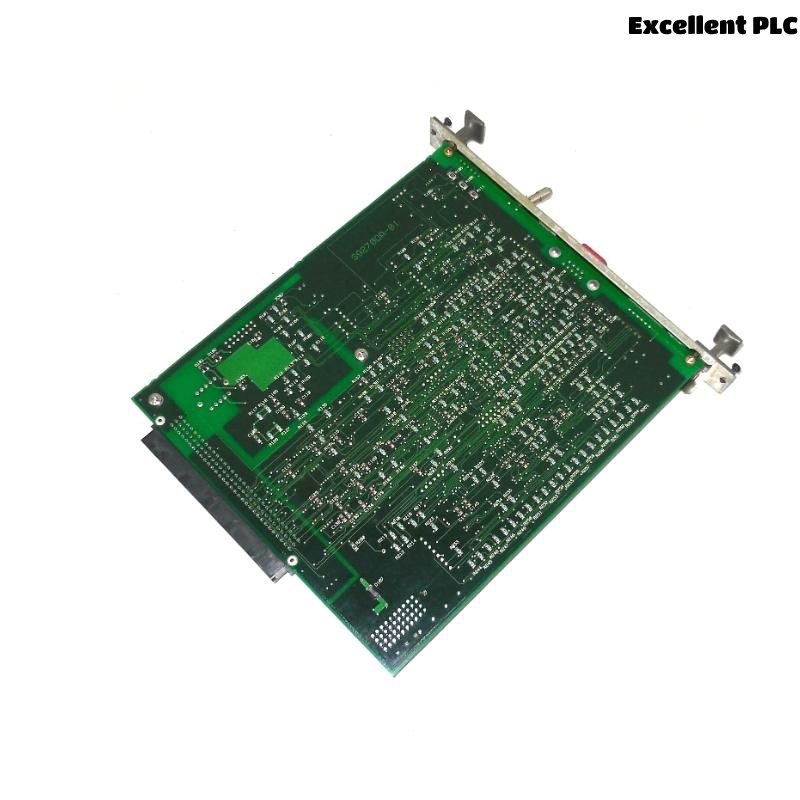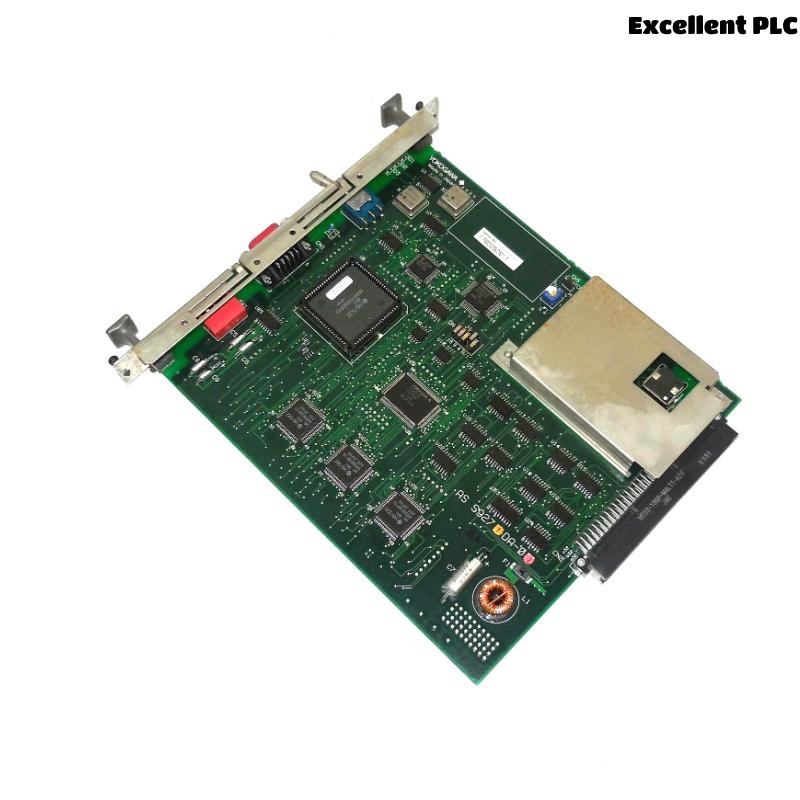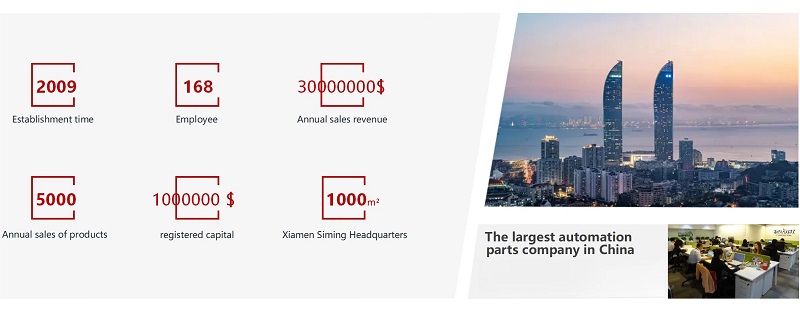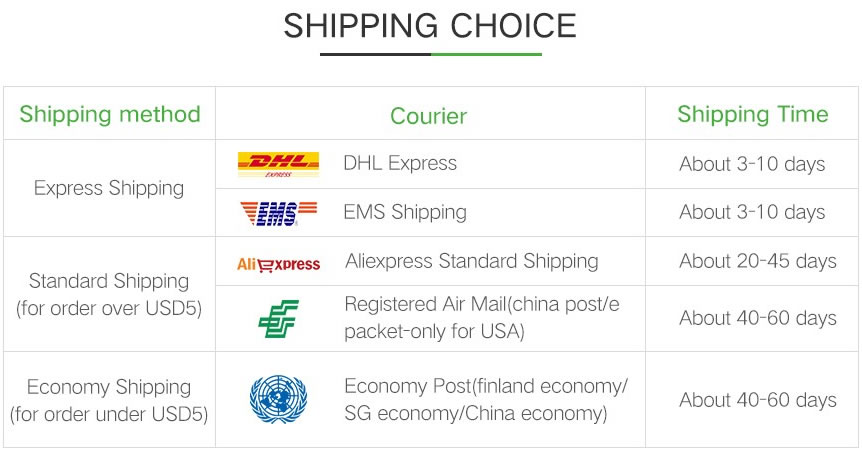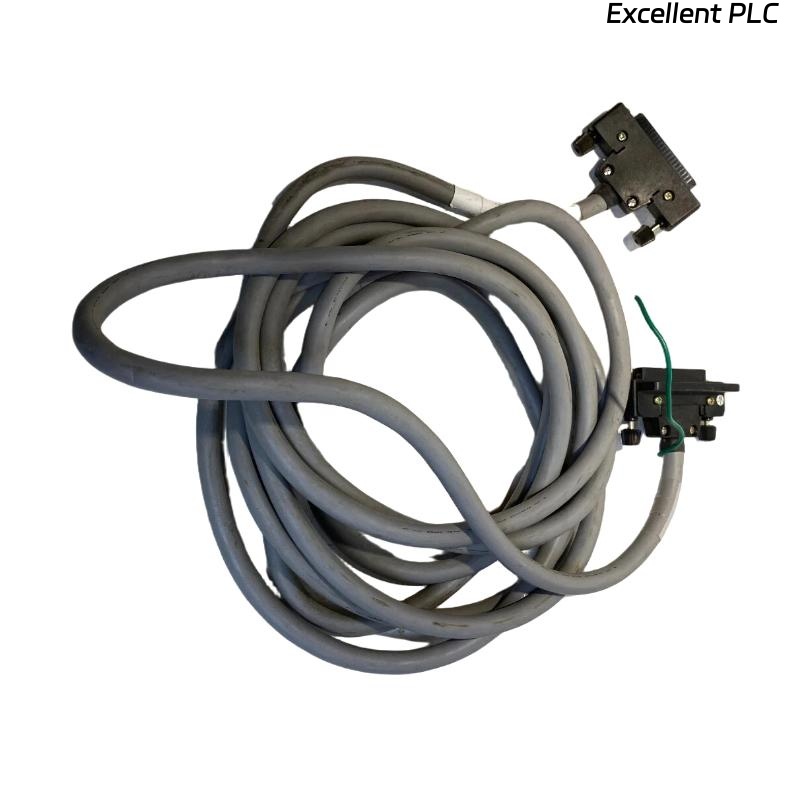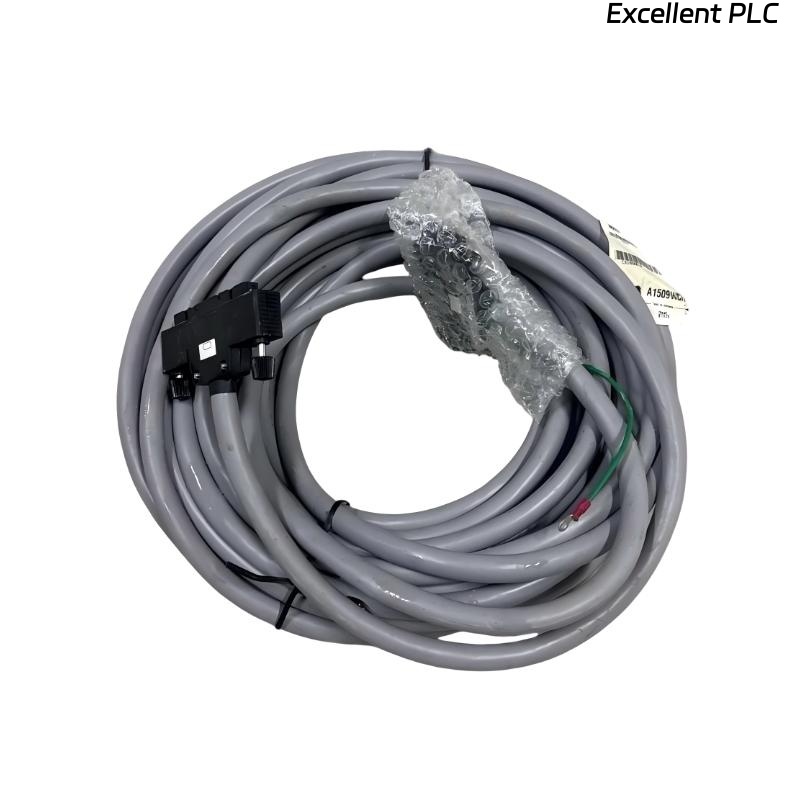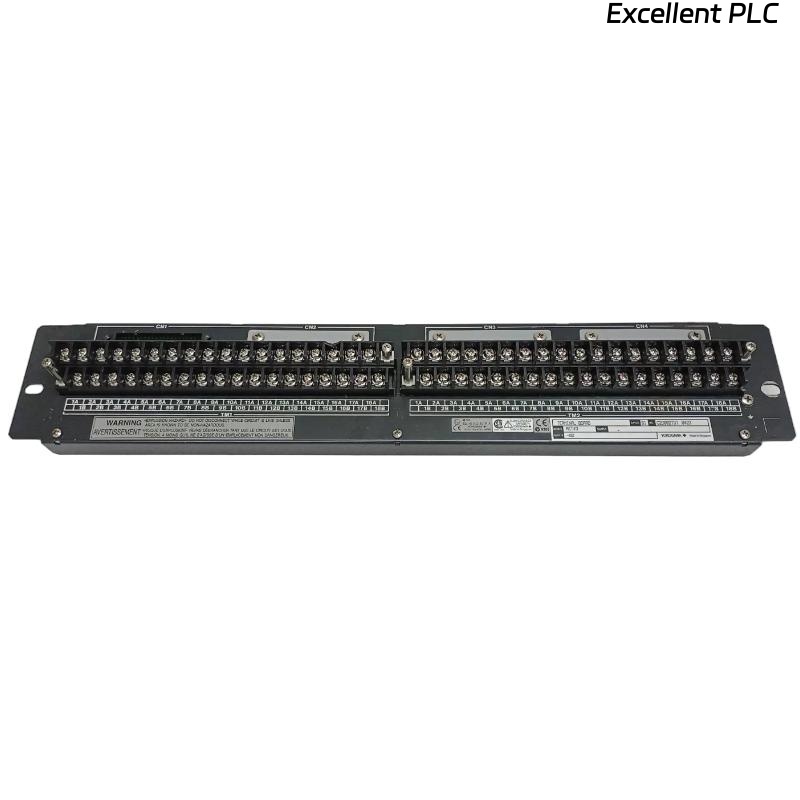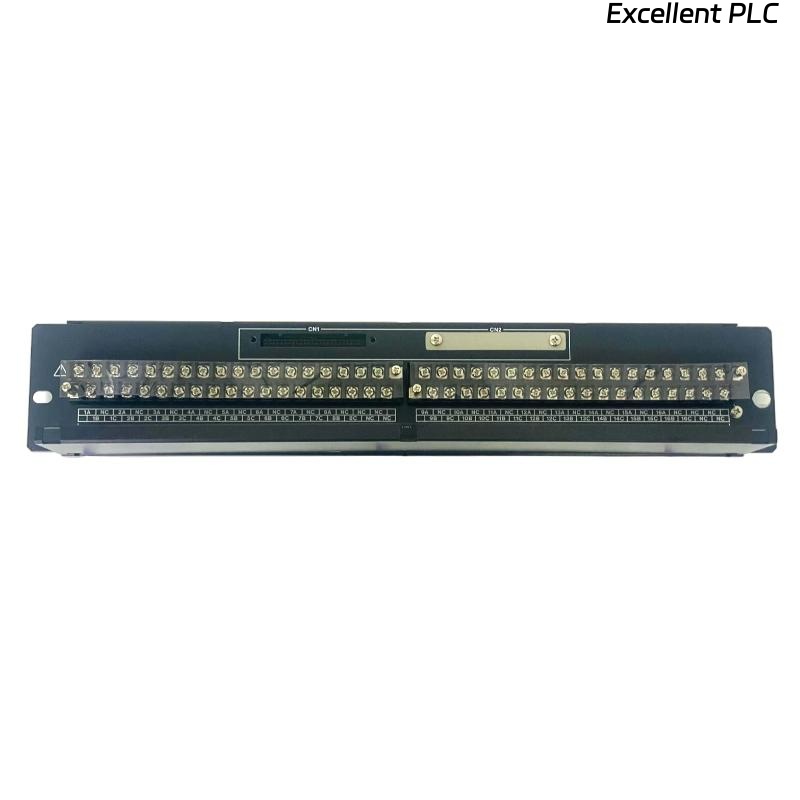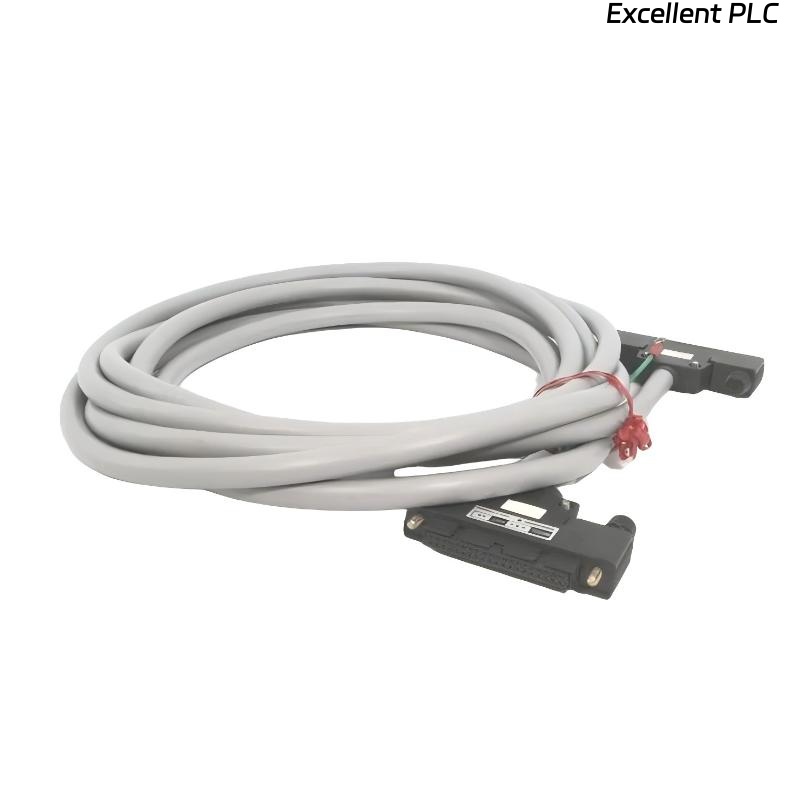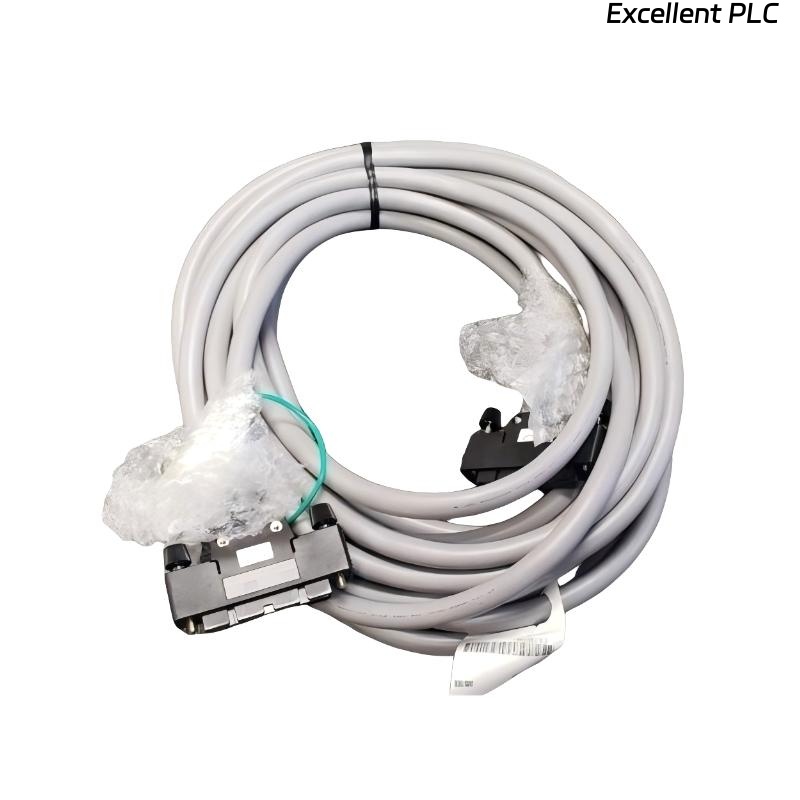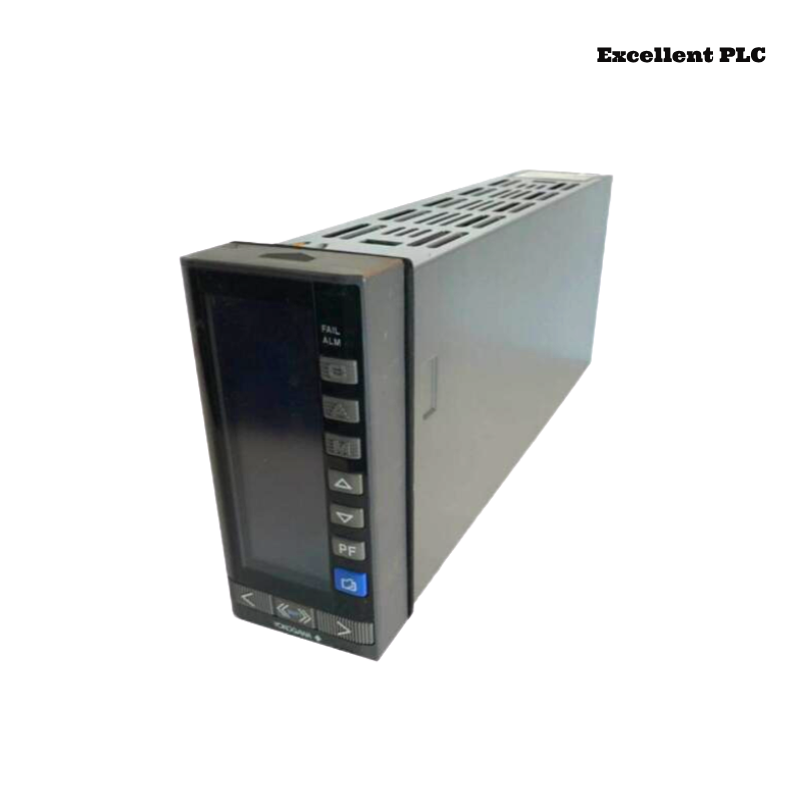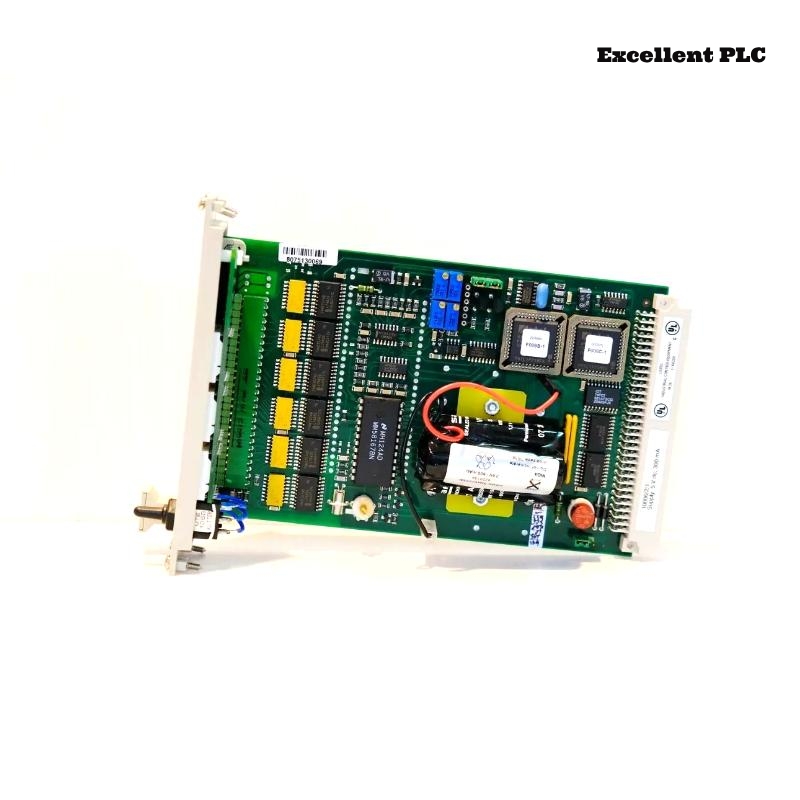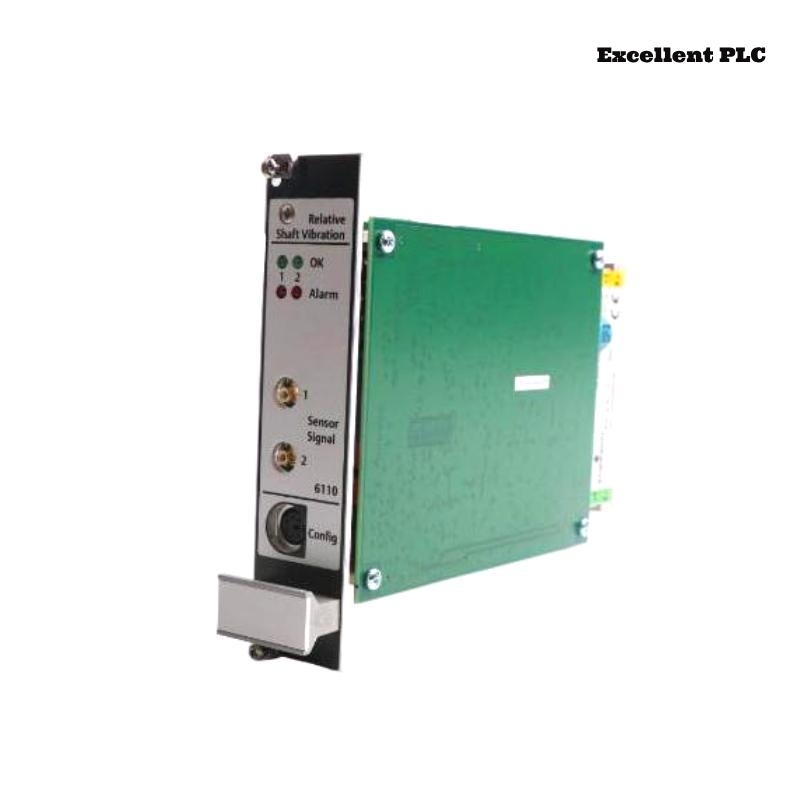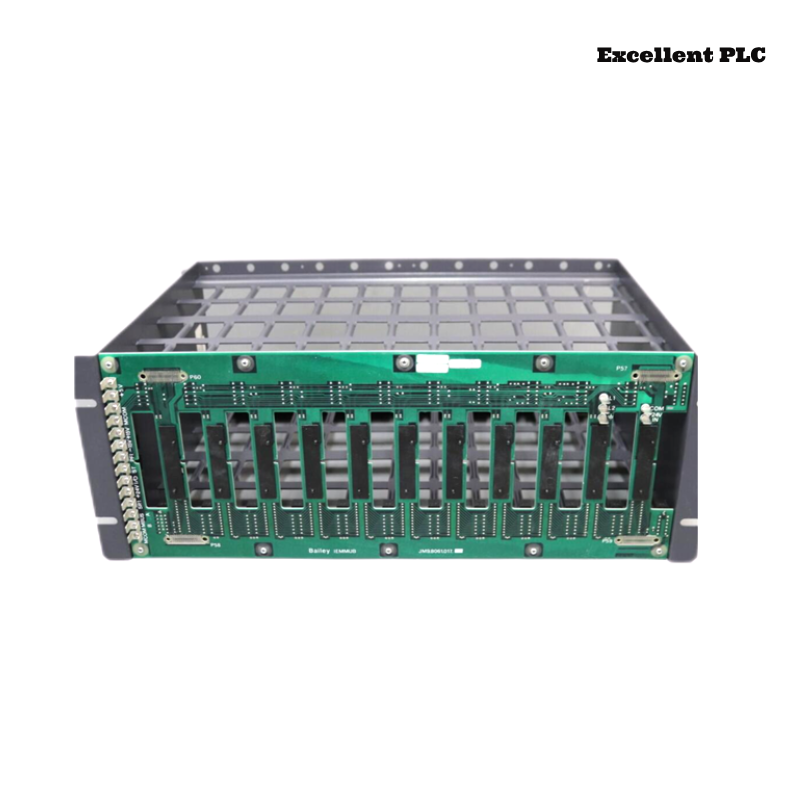| Company Information | ||||||||
| [email protected] | ||||||||
| Mobile | +8613666033393 | |||||||
| +8613666033393 | ||||||||
| 13666033393 | ||||||||
| Add | Room 1004, No. 62 Xiangxiu Li, Siming District, Xiamen City, Fujian Province, China | |||||||
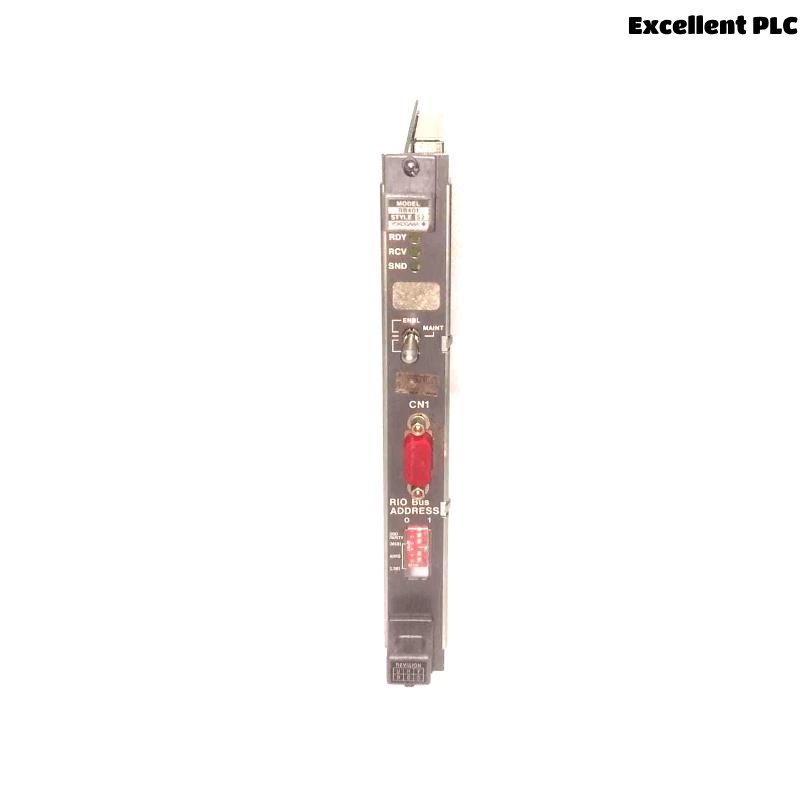
Yokogawa RB401/S2 RIO Bus Module Overview
The Yokogawa RB401/S2 RIO Bus Module is a reliable communication interface used in distributed control systems. It connects remote I/O stations to the main control network, ensuring stable and high-speed data exchange. It is designed to fit into Yokogawa’s CENTUM or ProSafe systems.
Technical Specifications
| Parameter | Specification |
|---|---|
| Model | RB401/S2 |
| Function | RIO Bus Communication Module |
| Dimensions | 100 × 25.4 × 20.3 mm |
| Weight | 0.25 kg |
| Power Supply | 5 VDC (via backplane) |
| Bus Type | Remote I/O Bus |
| Operating Temperature | 0–50 °C |
| Storage Temperature | -20–70 °C |
| Humidity | 5–95% RH, non-condensing |
| Installation | Rack-mounted |
Applications
-
Industrial process control systems
-
Integration of remote I/O stations in plants
-
Safety systems with distributed architecture
-
Data acquisition and monitoring networks
-
Oil, gas, petrochemical, and power industries
Advantages
-
High reliability and stable communication
-
Compact and lightweight design for easy installation
-
Seamless integration into Yokogawa DCS and SIS platforms
-
Wide operating temperature range
-
Supports high-speed and long-distance remote connections
FAQ
Q1: What is the main function of the RB401/S2?
A1: It connects remote I/O stations to the control system via the RIO bus.
Q2: Is the RB401/S2 compatible with CENTUM VP?
A2: Yes, it is fully compatible with CENTUM VP systems.
Q3: Can it operate in harsh industrial environments?
A3: Yes, it is designed for 0–50 °C and high humidity conditions.
Q4: How is it powered?
A4: It is powered through the system backplane at 5 VDC.
Q5: Is the module hot-swappable?
A5: No, power down the system before replacing the module.
Q6: Does it require specific software configuration?
A6: Yes, it needs to be configured through Yokogawa’s engineering tools.
Q7: What type of signals does it handle?
A7: It handles digital communication over the RIO bus.
Q8: What is the weight of the module?
A8: It weighs approximately 0.25 kg.
Q9: How many modules can be installed in one system?
A9: This depends on the system architecture and backplane capacity.
Q10: Is it resistant to vibration and shock?
A10: Yes, it meets industrial vibration and shock standards.
Recommended Related or Same Series Models
| Model | Function | Dimensions (mm) | Weight (kg) |
|---|---|---|---|
| RB401 | RIO Bus Module | 100 × 25.4 × 20.3 | 0.25 |
| RB402 | Enhanced RIO Bus Module | 100 × 25.4 × 20.3 | 0.25 |
| RB403 | High-Speed RIO Bus Module | 100 × 25.4 × 20.3 | 0.26 |
| RB301 | Standard RIO Bus Module | 100 × 25.4 × 20.3 | 0.24 |
| RB302 | Dual RIO Bus Module | 100 × 25.4 × 20.3 | 0.24 |
| RB303 | Redundant RIO Bus Module | 100 × 25.4 × 20.3 | 0.25 |
Popular Yokogawa Models
| Model | Function | Dimensions (mm) | Weight (kg) |
|---|---|---|---|
| PW401 | Power Supply Module | 120 × 25.4 × 30 | 0.30 |
| PW402 | Redundant Power Module | 120 × 25.4 × 30 | 0.31 |
| ALR121 | Alarm Relay Module | 100 × 25.4 × 20.3 | 0.28 |
| AAI141 | Analog Input Module | 130 × 30 × 20.3 | 0.35 |
| AAI143 | Isolated Analog Input Module | 130 × 30 × 20.3 | 0.36 |
| AAI841 | High-Density Analog Input | 130 × 30 × 20.3 | 0.37 |
 Excellent PLC
Excellent PLC


